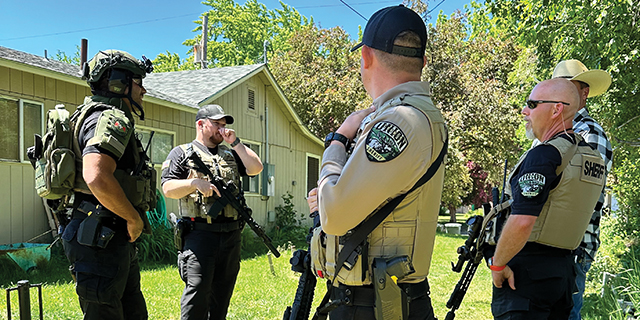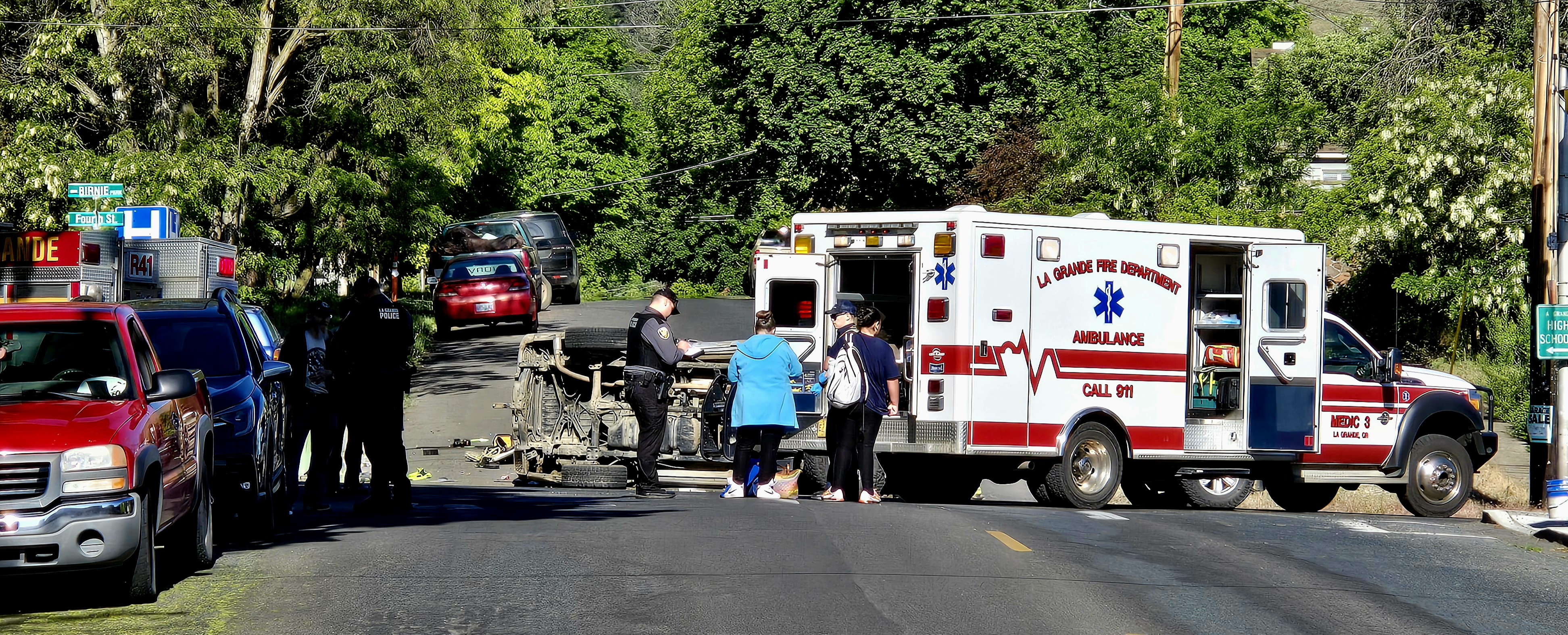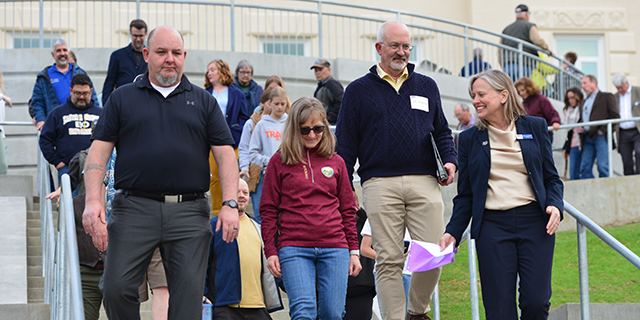Our view: Want to speed up freeway travel? Slow down
Published 6:00 am Saturday, December 9, 2023
The sequence of events was depressing in its predictability.
Snow begins to fall.
Snow begins to stick on Interstate 84.
Drivers of commercial trucks, and in some cases passenger vehicles, lose control on the slippery freeway.
Chaos reigns, and the main artery for commerce and convenient travel through Northeast Oregon is closed.
The most recent episode, on Dec. 1, wasn’t as bad as it could have been.
Episodes, actually.
The problems started on a 3-mile stretch of the eastbound freeway about 20 miles southeast of Baker City.
Around 4:35 a.m., a commercial truck hauling two trailers lost control on ice. The rear trailer rolled onto its side and blocked one lane, according to an Oregon State Police report.
About half an hour later another truck, also hauling two trailers, crashed about 2 miles away. One trailer detached and tipped over, blocking one lane. As often happens in such cases, there was a chain reaction, with a second commercial truck and an SUV also crashing as their drivers tried to avoid the overturned trailer.
Later that morning, the eastbound lanes were closed near Pendleton because trucks had spun out near the top of Cabbage Hill. The eastbound lanes were closed for several hours.
But the hassles weren’t over for the day.
Around 7:15 p.m. on Dec. 1, a commercial truck driver was exiting the westbound lanes of the freeway at the Baker Valley Rest Area, about 7 miles north of Baker City, when the driver lost control. The truck and trailer both tipped over, blocking both westbound lanes, which were closed for about three and a half hours.
Eliminating accidents during winter storms isn’t possible, of course.
I-84 can be treacherous. Along the nearly 170 miles between Ontario and Pendleton, the freeway has several 6% grades as well as sections with many curves, such as the aforementioned Cabbage Hill, along the Grande Ronde River west of La Grande and through the Burnt River Canyon between Durkee and Huntington.
And although the Oregon Department of Transportation doesn’t have a detailed analysis, there’s no question that the freeway has closed more often over the past decade or so than it did in the past, even though winter storms are not demonstrably more severe.
Both ODOT and the Oregon State Police have noted that in many closures, including the Dec. 1 incidents, commercial trucks are the main, or only, culprits.
In one sense this is understandable.
If a passenger car driver loses control — and some do, in every storm — the vehicle likely won’t block both travel lanes. And even if it does, moving a 4,000-pound car takes a lot less time, typically, than dealing with a truck and trailer combination that tops 50,000 pounds.
But ODOT and OSP officials say that in many cases the trucks that crash or lose momentum and cause closures either weren’t using chains when they were required, or the driver was going too fast for the conditions, chains or not.
During the Dec. 1 closures, an OSP trooper cited one truck driver — the one who crashed while trying to enter the rest area near Baker City — for careless driving.
A couple years ago the Oregon Legislature doubled the fine for truck drivers who fail to put on chains when they’re required, to $880.
That’s still a relatively modest penalty. Lawmakers should consider imposing larger fines. Although, it would seem that drivers and their companies have ample financial motivation to avoid crashes that can result in expensive damage and in some cases the loss of cargo.
Ultimately, though, this is a matter of physics.
All drivers need to slow down when snow and ice slicken the freeway, or a blizzard or dense fog restricts visibility. No driver, however skilled, can completely offset such conditions.
The frequency of freeway closures can make them seem all but inevitable once the flakes start falling. But that’s not so.
Just a year ago, in late November 2022, the freeway remained open throughout the region despite a snowstorm that started two days after Thanksgiving.
Analyzing the difference between that storm and the one on Dec. 1 is no simple matter, of course — we’re dealing with thousands of drivers, each making hundreds of decisions on their journey across the Blue Mountains, any one of which could lead to a crash that ends up blocking the freeway.
But those crashes need not happen. The advice sounds simplistic, yet the most useful admonitions typically are.
Maintain space between your vehicle and others.
Use every advantage — engage four-wheel drive if your vehicle is so equipped, put on chains, turn on your lights.
And the most obvious of all: slow down.





